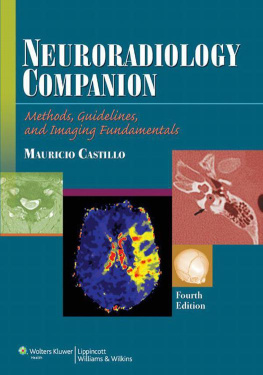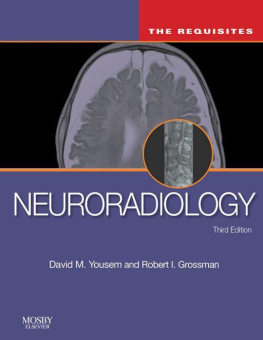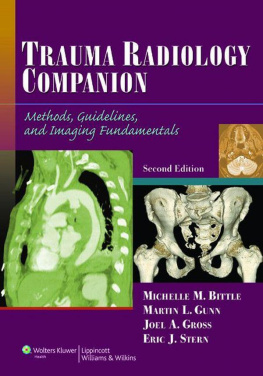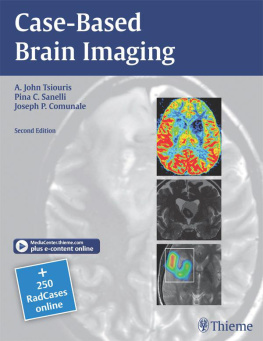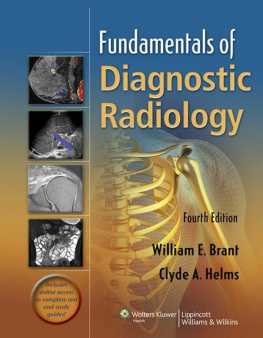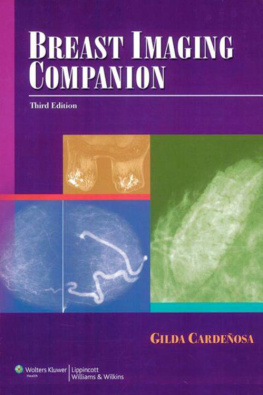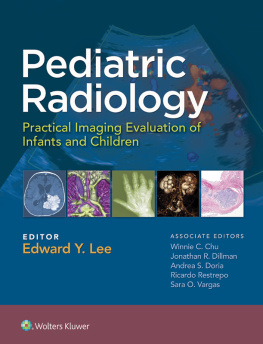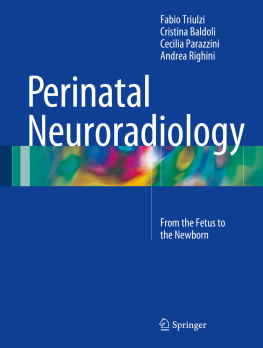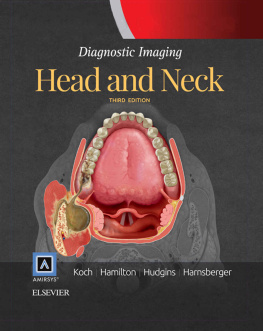Executive Editor. Charles W. Mitchell
Product Manager. Ryan Shaw
Vendor Manager. Alicia Jackson
Senior Manufacturing Manager. Benjamin Rivera
Senior Marketing Manager. Angela Panetta
Creative Director. Doug Smock
Production Service: SPi Global
2012 by LIPPINCOTT WILLIAMS & WILKINS, a WOLTERS KLUWER business
Two Commerce Square
2001 Market Street
Philadelphia, PA 19103 USA
LWW.com
3rd edition 2006 by LIPPINCOTT WILLIAMS & WILKINS
2nd edition 1999 by LIPPINCOTT WILLIAMS & WILKINS
1st edition 1995 by LIPPINCOTT WILLIAMS & WILKINS
All rights reserved. This book is protected by copyright. No part of this book may be reproduced in any form by any means, including photocopying, or utilized by any information storage and retrieval system without written permission from the copyright owner, except for brief quotations embodied in critical articles and reviews. Materials appearing in this book prepared by individuals as part of their official duties as U.S. government employees are not covered by the above-mentioned copyright.
Printed in China
Library of Congress Cataloging-in-Publication Data
Castillo, Mauricio.
Neuroradiology companion : methods, guidelines, and imaging fundamentals / Mauricio
Castillo. 4th ed.
p.; cm. (Imaging companion series)
Includes bibliographical references and index.
ISBN 978-1-4511-1175-0 (pbk.)
1. Nervous systemRadiographyHandbooks, manuals, etc. I. Title. II. Series: Imaging companion series.
[DNLM: 1. Central Nervous System DiseasesradiographyHandbooks. 2. Central Nervous
SystemradiographyHandbooks. 3. NeuroradiographymethodsHandbooks. WL 39]
RC349.R3C37 2011
616.8'047572dc22
2011005738
Care has been taken to confirm the accuracy of the information presented and to describe generally accepted practices. However, the authors, editors, and publisher are not responsible for errors or omissions or for any consequences from application of the information in this book and make no warranty, expressed or implied, with respect to the currency, completeness, or accuracy of the contents of the publication. Application of the information in a particular situation remains the professional responsibility of the practitioner.
The authors, editors, and publisher have exerted every effort to ensure that drug selection and dosage set forth in this text are in accordance with current recommendations and practice at the time of publication. However, in view of ongoing research, changes in government regulations, and the constant flow of information relating to drug therapy and drug reactions, the reader is urged to check the package insert for each drug for any change in indications and dosage and for added warnings and precautions. This is particularly important when the recommended agent is a new or infrequently employed drug.
Some drugs and medical devices presented in the publication have Food and Drug Administration (FDA) clearance for limited use in restricted research settings. It is the responsibility of the health care provider to ascertain the FDA status of each drug or device planned for use in their clinical practice.
To purchase additional copies of this book, call our customer service department at (800) 638-3030 or fax orders to (301) 223-2320. International customers should call (301) 223-2300.
Visit Lippincott Williams & Wilkins on the Internet: at LWW.com. Lippincott Williams & Wilkins customer service representatives are available from 8:30 am to 6 pm, EST.
10987654321
I dedicate this book to those individualswho throughout my professional life have served as mentors and sources of inspiration. From each I have learned different but equally important values.
Robert M. Quencer, Michael S. Huckman, Thomas P. Naidich, Joseph K. T. Lee
And also to my wife, Hortensia
Contents
Preface
There are many books on neuroradiology that I feel are great for fellows and residents; thus, I have to admit that I was surprisedbut very pleasedwhen the publishers asked me to work on the fourth edition of the Companion. Again, this is not an encyclopedia but a condensation of what I think is the minimum trainees need to learn during their neuroradiology rotations. I recommend reading it cover-to-cover and complementing its contents with longer textbooks, journal articles, or preferably, both. What changes can the reader expect?
1. Contents in the first part are updated. Although in developed countries DSA and myelogram protocols now differ from the classic routines, I have decided to keep some of the classic information as the book is widely bought and read in the developing world. CT and MR protocols have been updated to reflect current technologies. Please note that these are the protocols used at my institution, adapted to a particular manufacturer, and thus should be used with caution and only as general guidelines. I have added the macros used in our voice recognition system for the most common neuroradiological reports.
2. Contents in the imaging section of the book continue to be pithy but have been updated throughout the book. Some sections have been shortened, others slightly increased, some deleted, and few added and other combined, but the overall number of entries remains about the same. My intent was to try to keep the same overall number of entries as in the previous edition. When pertinent, a short differential diagnosis is given. In some chapters, some nearly blank pages appear and are there to keep the style of the book uniform. Don't waste this space! Use it for notes.
3. Suggested readings were updated. When I felt that an older article was still a good information source, it was left there and sometimes complemented with a more recent publication.
4. Nearly all illustrations are new, where the third edition (and priors) contained two illustrations per entry, this new book has two to eight.
Revising a book is always a tricky proposition, bound to please some and displease others. Imaging protocols change constantly as equipment becomes more sophisticated and therefore bound to become rapidly antiquated. I have quoted the addresses for certain Web sites that I have found useful. I attempted to acknowledge those cases that were given to me by others. If I failed to mention any contributors, I apologize.
Like any author, I am entirely responsible for the contents and opinions found here. I am likewise responsible for any omissions.
Mauricio Castillo, MD, FACE
Acknowledgements
My colleagues at the Neuroradiology Division here at UNC continue to be the nicest group of individuals with whom to share my daily clinical activities. My administrative assistant, Ms. Isabel Barbal facilitates my daily work, and for this, I am thankful.
Ms. Karen Halm, Mr. Jason Ganterberg, and Ms. Mary Harder at AJNR work hard in order to allow me the time that I need for this and other projects outside of my editor position, many thanks to all three.
Charley Mitchell, Executive Editor at LWW, was helpful in getting this edition published as I desired; we have worked together before and I wish all authors an editor as nice to work with as him.
I have tried to acknowledge all those individuals who lent me illustrations; however, I am sure that I have forgotten the names of many, and for this, I apologize. Lastly, I thank Dr. Cassandra Sams, one of our residents, who helped with the section on contrast reactions.

